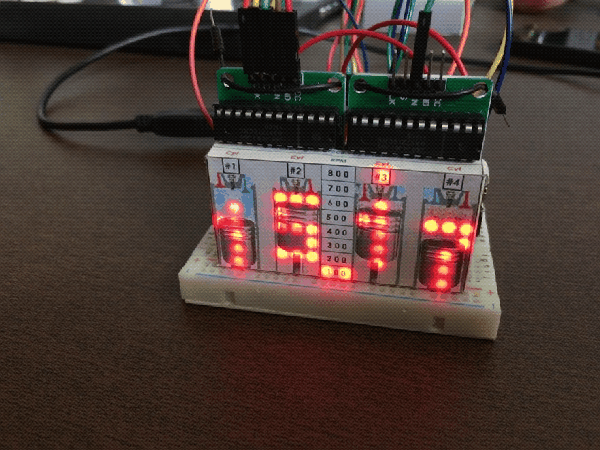Remember the chip shortage? We sure do, mainly because as far as we can tell, it’s still going on, at least judging by the fact that you can’t get a Raspberry Pi for love or money. But that must just be noise, because according to a report in the Straits Times, the chip shortage is not only over, it’s reversed course enough that there’s now a glut of semiconductors out there. The article claims that the root cause of this is slowing demand for products like smartphones, an industry that’s seeing wave after wave of orders to semiconductor manufacturers like TSMC canceled. Chips for PCs are apparently in abundance now too, as the spasm of panic buying machine for remote working during the pandemic winds down. Automakers are still feeling the pinch, though, so much so that Toyota is now shipping only one smart key with new cars, instead of the usual two. So there seems to be some way to go before balance is restored to the market, but whatever — just call us when Amazon no longer has to offer financing on an 8 GB Pi.
engine simulator2 Articles
4-Stroke Clock Fires On All Cylinders
We love a good clock build around here, especially if it tells time in a unique way. This 4-stroke digital clock designed by [lagsilva] takes the checkered flag in that category. As it displays the time, it also demonstrates the operation of an internal combustion engine. The numbers take the form of pistons and dance an endless repetition of intake, compression, combustion, exhaust.
The clock’s digits are made from two LED matrices driven by an Arduino Uno and a couple of MAX7219 driver boards. The dots that form the digits move up and down the matrices in 1-3-4-2 firing order. As each piston-digit reaches top dead center, its number lights up. This makes it easy to see the firing order, even at higher RPM values.
Our favorite thing about this clock is the variable RPM setting. There’s a 10k pot around back that adjusts the speed of the pistons between 100 and 800 RPM, and it’s configured to accurately represent piston movement at each increment. Floor it past the break to watch the clock rev up and slow back down.
Although it’s difficult to read the time at 800 RPM, it’s awesome to see a real-time visualization of cylinder movement at the average idle speed of a passenger car. We think it might be neat to rev the engine another way, like with an arcade throttle lever or a foot pedal.
If you like the idea of a constantly-moving clock but prefer an analog readout, take a minute to look at this clock without a face.












